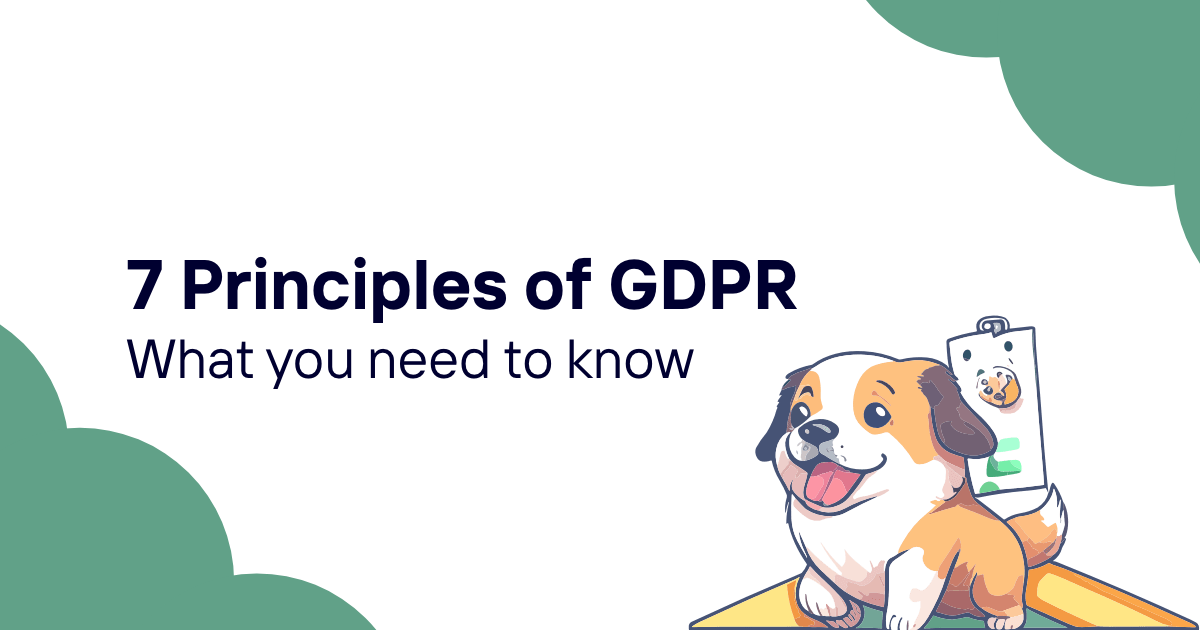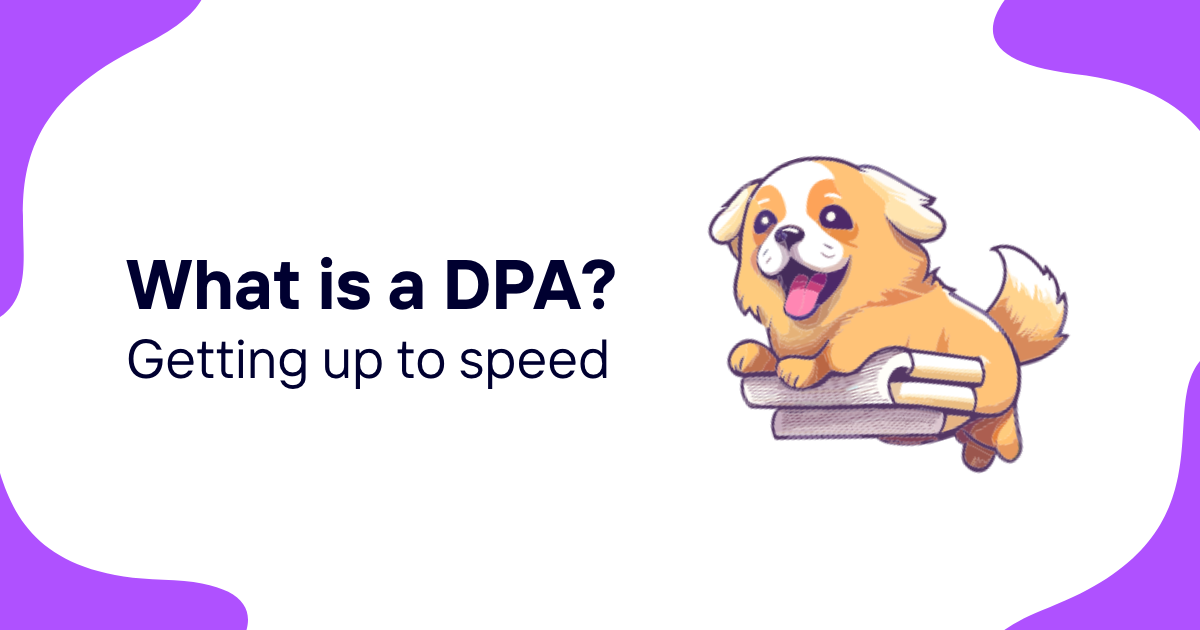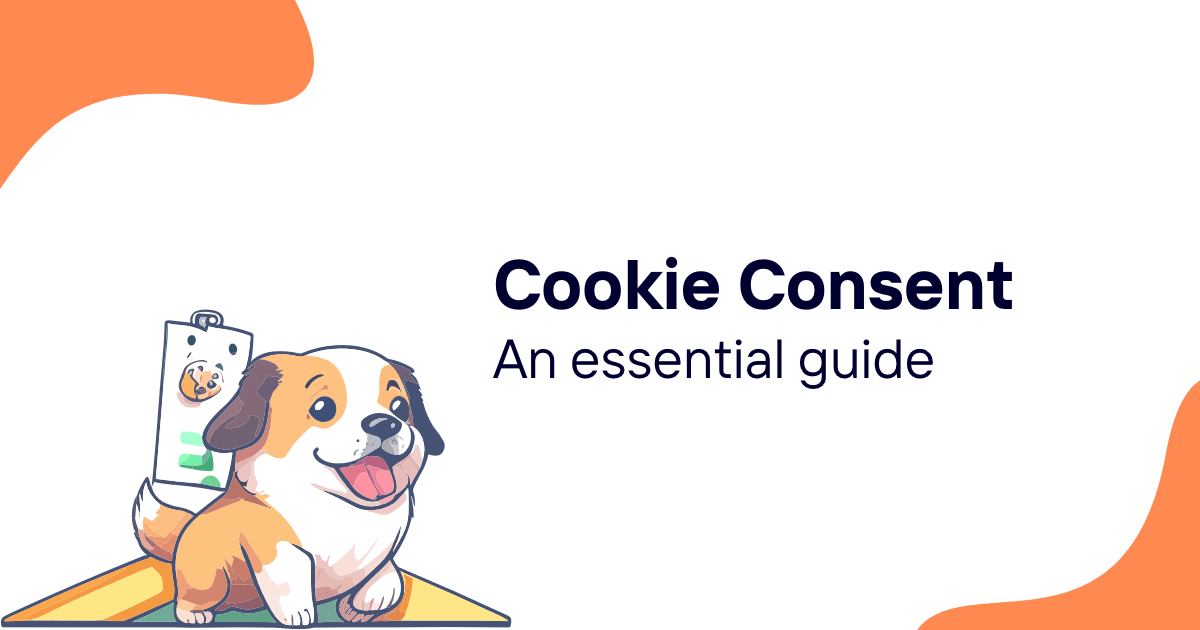Navigating the digital landscape, you've undoubtedly encountered those little pop-ups or banners at the bottom of a website, politely asking for your consent to store cookies. They're not just there for decoration; they're a crucial part of online privacy and compliance. But how do you craft a message that's both effective and engaging?
That's where we come in. With the right cookie message examples, you can transform a mundane compliance requirement into an opportunity to connect with your visitors. It's all about finding the perfect balance between clarity and charm. Let's dive into some stellar examples that strike just that balance, ensuring your website not only stays on the right side of the law but also enhances user experience.
Importance of Cookie Messages
When browsing the web, you've likely encountered a pop-up or banner requesting your consent for cookies. These cookie consent messages play a crucial role in the digital landscape for a couple of significant reasons.
First, privacy regulations like the General Data Protection Regulation (GDPR) in the EU and the California Consumer Privacy Act (CCPA) have made it mandatory for websites to inform users about the type of cookies being used and to obtain their consent. This legal requirement ensures users' online privacy is respected and protected. Non-compliance can lead to hefty fines, making it imperative for websites to include clear, concise, and compliant cookie messages.
Secondly, cookie messages are your first touchpoint with users. This is your chance to make a positive impression. Well-crafted messages can enhance user experience by being informative yet unobtrusive. They provide transparency about data handling practices, which can build trust with your audience. Users appreciate knowing how their information is used, and when you communicate this effectively, it fosters a sense of security and reliability.
Moreover, cookie consent messages offer an opportunity to reflect your brand’s voice. Whether it’s professional, friendly, or quirky, the tone of your message can resonate with your users, making your site more memorable.
Here are a few crucial points to remember:
- Clarity is key. Make sure your message is easy to understand.
- Offer options. Users should be able to accept, reject, or customize their cookie preferences.
- Keep it concise. Long, drawn-out messages can frustrate users and detract from their experience.
In essence, cookie consent messages are more than just a legal checkbox; they're an integral part of the user experience and brand communication. By valuing the importance of these messages, you're not only complying with laws but also enhancing user trust and engagement on your website.
Elements of an Effective Cookie Message

When crafting a cookie message, simplicity and clarity are your best friends. You want your message to be understood by everyone, regardless of their technical know-how. Here’s what makes a cookie message effective:
- Transparency: Be upfront about why you’re collecting cookies. Whether it's for analytics, personalization, or functionality, your users should know.
- Options: Empower your users by giving them control over their cookie preferences. Offer options to accept all, decline, or customize according to their comfort level.
- Accessibility: Ensure your cookie message is accessible to all users, including those with disabilities. Use clear, simple language and consider the design for readability and ease of navigation.
- Brand Voice Consistency: Your cookie message is a part of your website and should reflect your brand's voice. Whether you opt for a professional tone or a more casual one, it should resonate with the rest of your site's content.
In practice, an effective cookie message might start with a simple introduction about the use of cookies on your site, followed by a concise explanation of the types of cookies used and their purposes. Here, you’d include a brief statement on user privacy and how it’s respected on your site. Give users a clear choice with easily identifiable buttons or links to accept, reject, or customize cookie settings. Ensure the language used doesn't lean too technical, so non-tech-savvy users won't feel alienated.
Remember, the aim is to make this process as seamless as possible. By integrating these elements thoughtfully, you reassure your users that their privacy is a priority, building trust and enhancing their experience on your site.
Crafting a Clear and Engaging Cookie Message

When setting out to craft a cookie message for your website, clarity and engagement are paramount. Your aim is to inform users about your cookie practices without overwhelming them with jargon or legalese. Start with a straightforward statement that captures attention and sets the tone. For instance, "We value your privacy and transparency" immediately communicates your commitment to user rights.
Remember, the simpler, the better. Break down your message into easily digestible parts:
- Introduction: Briefly explain why you're showing this message. A simple, "We use cookies to improve your browsing experience," does wonders.
- Cookie Types and Purposes: Highlight the types of cookies used (e.g., necessary, analytical, functional, and advertising cookies) and why. Keeping this section concise is key.
- User Control: Clearly outline how users can accept, reject, or customize their cookie preferences. Tools or links for deeper settings adjustments should be accessible here.
Crafting your message with an active voice and a positive tone also enhances user experience. Instead of saying, "If you don't accept cookies, your experience may suffer," try, "Accept cookies for a tailored browsing experience!"
Accessibility is another critical aspect. Ensure your cookie message is easily readable by all users, including those using screen readers. Use simple language and provide instructions for adjusting settings through keyboard navigation as well.
Crucially, tie your cookie message into your brand voice. If your website is playful and informal, let your cookie message reflect that. A quirky or humorous approach, when appropriate, can make the message more engaging and less intrusive.
By focusing on these elements, you'll craft a cookie message that not only complies with regulations but also enhances user experience. Remember, the goal is to inform and empower users, building trust through transparency and respect for privacy.
Examples of Stellar Cookie Messages

When crafting your cookie message, it's essential to draw inspiration from the best in the business. Stellar examples can guide you on how to balance compliance with an engaging user experience. Let's delve into a few cases that hit the mark perfectly.
Simplicity Meets Clarity: An excellent cookie message is both straightforward and informative. Imagine logging onto a website and being greeted with a message like, "We use cookies to enhance your browsing experience. By clicking 'Accept,' you agree to our use of cookies." This example is clear, to the point, and includes an action the user can take immediately.
User Empowerment through Choice: Another winning strategy involves empowering your users. A message that states, "Your privacy is important to us. Please select your cookie preferences," followed by options like "Only necessary," "Accept all," or "Customize," gives control back to the user. This approach not only respects user preferences but also aligns with legal requirements for affirmative consent.
Brand Voice Consistency: Consistency with your brand's voice can transform your cookie message from a formality into a point of engagement. If your brand is playful, a message like, "Cookies? Yum! We use them to make your visit even sweeter. Click 'Accept' to join the feast!" can resonate with your audience and enhance the user experience. Conversely, for more formal brands, a straightforward and professional tone will align better with your overall messaging.
Incorporating Accessibility Features: Remember, your cookie message should be accessible to everyone, including those using screen readers. Using simple language and ensuring your message is navigable with keyboard commands can make a big difference.
Drawing inspiration from these examples, you're now equipped to craft a cookie message that not only complies with the law but enhances user engagement. Remember, the goal is to build trust through transparency and respect for privacy. Explore these strategies to create a message that truly reflects your brand and values.
Conclusion
Crafting the perfect cookie message doesn't have to be a daunting task. By leveraging the examples and strategies highlighted, you're well on your way to achieving a balance between legal compliance and a positive user experience. Remember, the key lies in simplicity, clarity, and empowering your users. With these elements in mind, you'll not only adhere to regulations but also foster trust and transparency with your audience. So, take these insights, tailor them to fit your brand's voice, and watch as your website's user engagement and trust levels soar.












